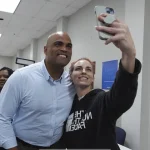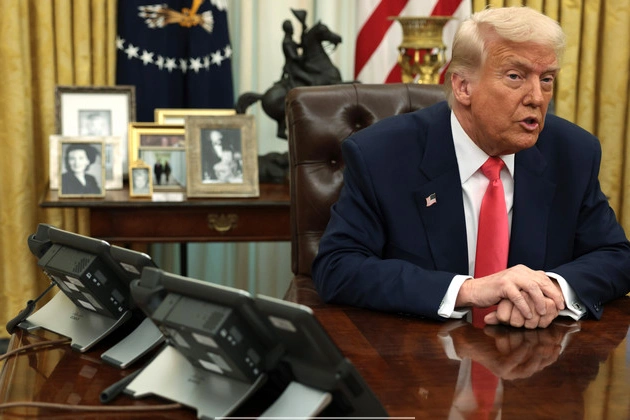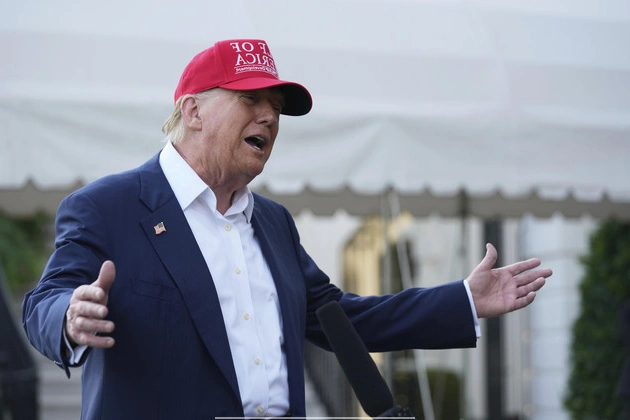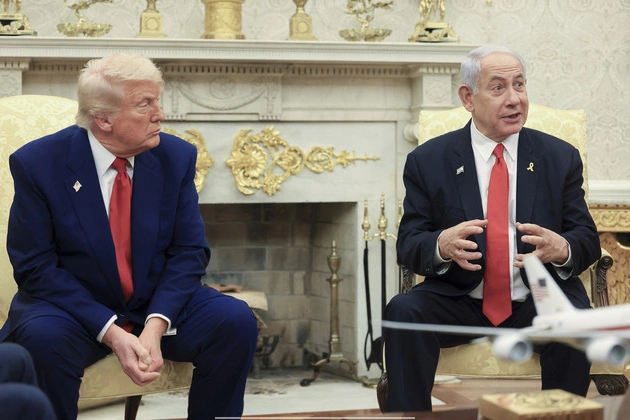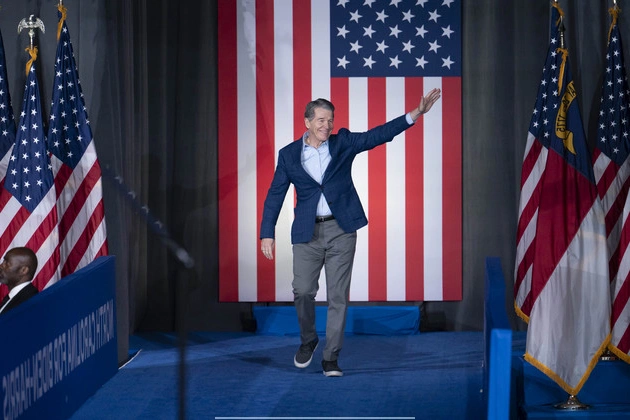
Key Insights from Special Counsel Jack Smith's Final Report on Trump's Election Controversy
Special Counsel Jack Smith’s recently published report sheds light on his endeavors to hold Donald Trump accountable for his actions surrounding the 2020 presidential election.
Insights into the Report
Smith asserts that he had compiled substantial evidence to secure a conviction had the case gone to trial. He meticulously detailed the facts he would have presented to a jury while also providing explanations for why the case did not proceed to that stage.
It’s important to note that the public version of the report does not include the second volume, which delves into Smith’s investigation of classified documents found at Trump’s Mar-a-Lago estate post his term in 2021.
Attorney General Merrick Garland has opted not to release this portion of the report to the public but intends to share it with selected lawmakers. U.S. District Judge Aileen Cannon has restricted its dissemination beyond the Justice Department. Once Trump assumes office, he holds the power to prevent any formal disclosure of Smith’s final evaluation of the documents.
Key Takeaways
The 137-page document offers a comprehensive account of Trump’s efforts to obstruct the transition of power four years earlier. It outlines the legal battle waged against a former president and sheds light on why the prosecution faltered when Trump regained the presidency.
One prevalent view on the left criticizes Garland for being overly deferential to Trump post-Biden’s inauguration, delaying the department’s full-fledged pursuit of the former president. Smith, however, emphasized the department’s prior aggressive investigations into Trump before his tenure as special counsel.
Smith also highlighted the hurdles faced during the investigation, such as delays in accessing crucial information due to legal wrangling with entities like Twitter and individuals like Rep. Scott Perry and John Eastman.
The report underscores the challenges posed by Trump’s extensive use of executive privilege and the resistance faced in obtaining testimonies from key figures like Mark Meadows and Dan Scavino. Additionally, the Supreme Court’s stance on Trump’s immunity claims complicated the legal proceedings.
Charging Decisions and Legal Analysis
Smith justified his choice to bring four felony charges against Trump while explaining his decision to not pursue charges of inciting insurrection. Legal ambiguities surrounding the federal insurrection statute and the scope of Trump’s intent were key factors in this determination.
Despite the inclusion of previously known evidence, Smith’s report introduced some new revelations, particularly focusing on the assembled evidence and its potential impact on future proceedings.
Continued Investigations
The report’s emphasis on the evidence collected, including sealed transcripts, hints at ongoing inquiries and the potential for further disclosures of critical information. Legal battles surrounding the release of these transcripts underscore the enduring relevance of the investigation.
As the Justice Department navigates requests for transparency, the significance of these materials in the public domain post the conclusion of the criminal case remains a subject of interest.




